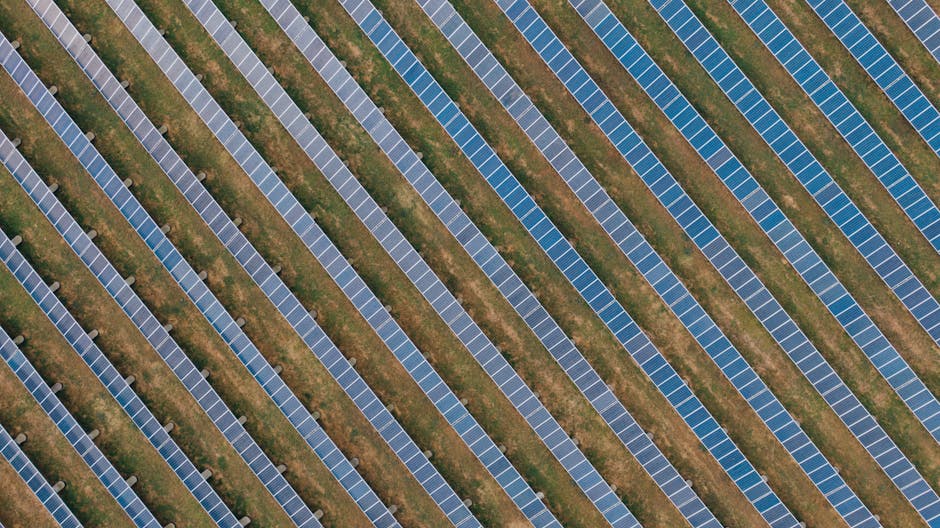8.8 Kw Solar System Cost
As the world shifts towards renewable energy, solar power has become a popular choice for homeowners and businesses alike. One of the most common solar system sizes is the 8.8 kW system. But how much does it really cost? In this article, we will explore the various factors that influence the cost of an 8.8 kW solar system, the potential savings, and the benefits of making the switch to solar energy.
Understanding Solar Power Systems
Before diving into costs, it’s essential to understand what an 8.8 kW solar system entails. The “kW” stands for kilowatt, which is a measure of power. An 8.8 kW system can generate a significant amount of electricity, depending on various factors such as location, sunlight exposure, and system efficiency.
Components of a Solar System
An 8.8 kW solar system typically includes:
- Solar Panels: These are the primary components that convert sunlight into electricity.
- Inverter: This device converts the direct current (DC) produced by the solar panels into alternating current (AC), which is used in homes.
- Mounting System: This secures the solar panels to your roof or ground.
- Battery Storage (optional): This allows you to store excess energy for use during non-sunny periods.
Factors Influencing the Cost of an 8.8 kW Solar System
The cost of installing an 8.8 kW solar system can vary widely based on several factors:
1. Location
Your geographical location plays a significant role in the cost of solar installation. Areas with high sunlight exposure can benefit from more efficient energy production, potentially lowering overall costs.
2. Installation Costs
Labor costs can vary depending on your region. Urban areas may have higher labor costs compared to rural areas. Additionally, the complexity of the installation (e.g., roof type, height) can also affect pricing.
3. Type of Solar Panels
There are different types of solar panels available, including:
- Monocrystalline: Known for their high efficiency and sleek appearance, but they tend to be more expensive.
- Polycrystalline: Generally less expensive but slightly less efficient than monocrystalline panels.
- Thin-Film: Lightweight and flexible, but usually less efficient and require more space.
4. Incentives and Rebates
Many governments offer incentives, tax credits, and rebates for solar installations. These can significantly reduce the upfront cost of an 8.8 kW solar system. It’s essential to research what is available in your area.
5. Financing Options
How you choose to finance your solar system can also impact the overall cost. Options include:
- Cash Purchase: Paying upfront can save you money in the long run.
- Solar Loans: These allow you to pay for your system over time, often with low-interest rates.
- Leasing: You can lease a solar system, which typically requires little to no upfront cost but may not provide the same long-term savings.
Estimated Costs of an 8.8 kW Solar System
On average, the cost of an 8.8 kW solar system can range from $15,000 to $25,000 before any incentives or rebates. Here’s a breakdown of potential costs:
- Solar Panels: $10,000 – $15,000
- Inverter: $1,000 – $2,000
- Installation Labor: $3,000 – $5,000
- Miscellaneous Costs: $1,000 – $3,000 (permits, inspections, etc.)
After applying federal tax credits (which can be around 26% as of 2023), the net cost could drop significantly, making solar energy more accessible.
Potential Savings with an 8.8 kW Solar System
Investing in an 8.8 kW solar system can lead to substantial savings over time. Here’s how:
1. Reduced Electricity Bills
By generating your own electricity, you can significantly reduce or even eliminate your monthly electricity bills. Depending on your energy consumption, this can lead to savings of hundreds or even thousands of dollars each year.
2. Increased Home Value
Homes with solar energy systems often have higher property values. Studies show that solar installations can increase home resale values by an average of $15,000.
3. Net Metering
Many states offer net metering programs, allowing you to sell excess energy back to the grid. This can provide additional income or credits on your electricity bill.
4. Long-Term Investment
Solar systems typically have a lifespan of 25 years or more. Over this period, the savings on energy bills can far exceed the initial investment, making it a wise long-term financial decision.
Environmental Benefits of Solar Energy
Beyond financial savings, switching to solar energy has significant environmental benefits:
- Reduces Carbon Footprint: Solar energy is a clean, renewable resource that helps reduce greenhouse gas emissions.
- Conserves Water: Unlike fossil fuel energy production, solar energy uses minimal water, helping to conserve this precious resource.
- Promotes Energy Independence: By generating your own electricity, you reduce reliance on fossil fuels and contribute to a more sustainable energy future.
Conclusion
Investing in an 8.8 kW solar system can be a smart financial decision that offers long-term savings, increased home value, and significant environmental benefits. While the initial costs may seem daunting, various incentives and financing options can make solar energy more accessible than ever. As you consider making the switch to solar, remember to evaluate your specific needs, research local incentives, and consult with solar professionals to find the best solution for your home.
FAQs
<h




